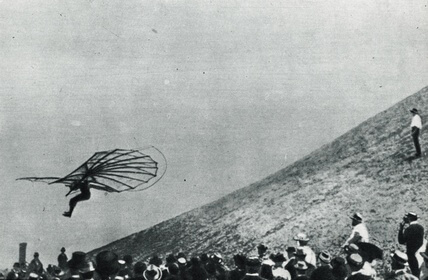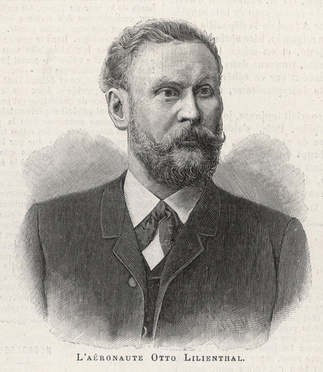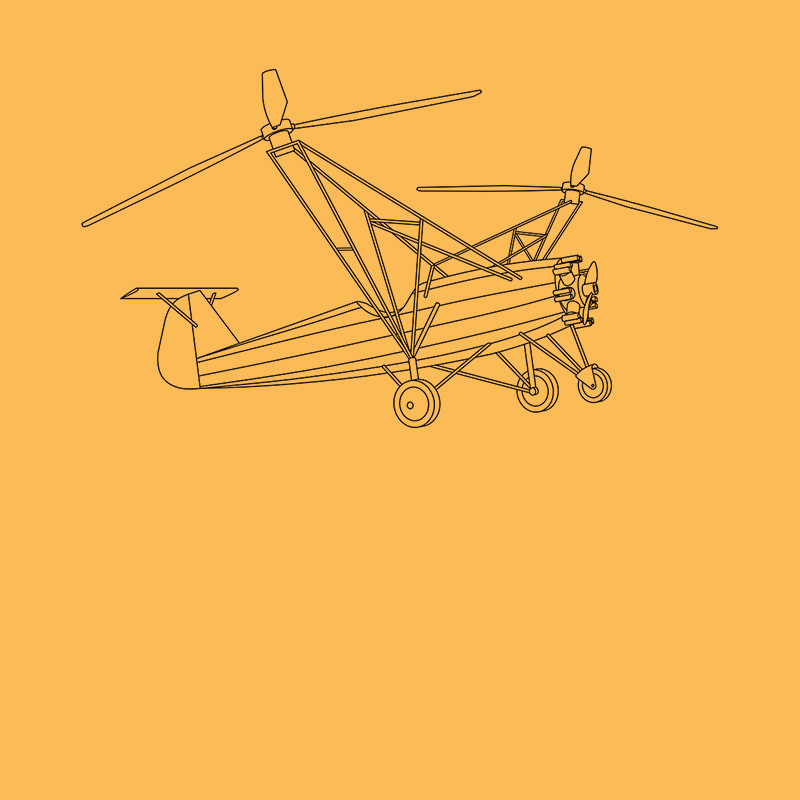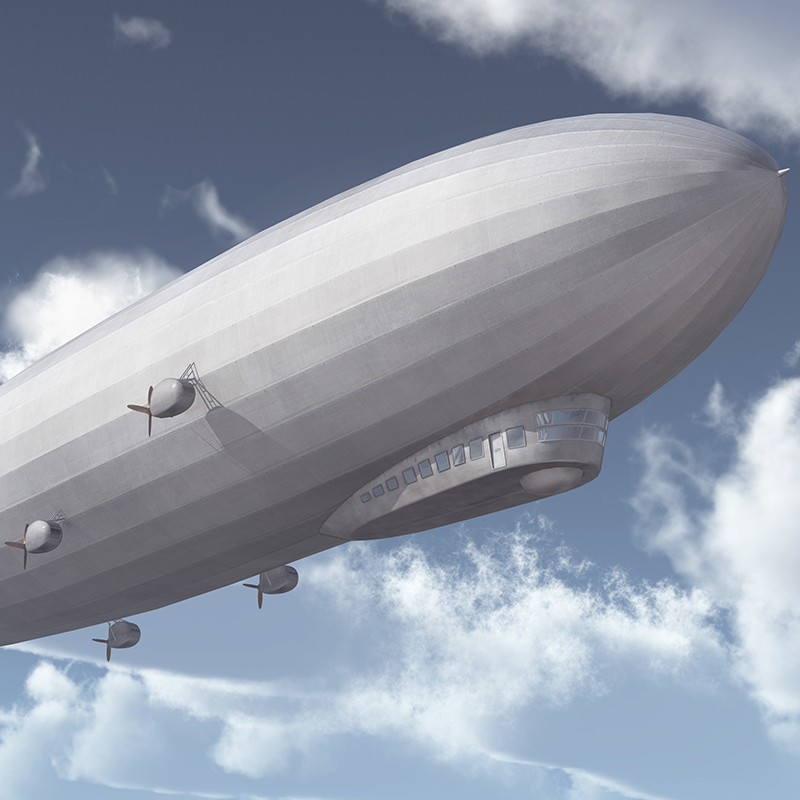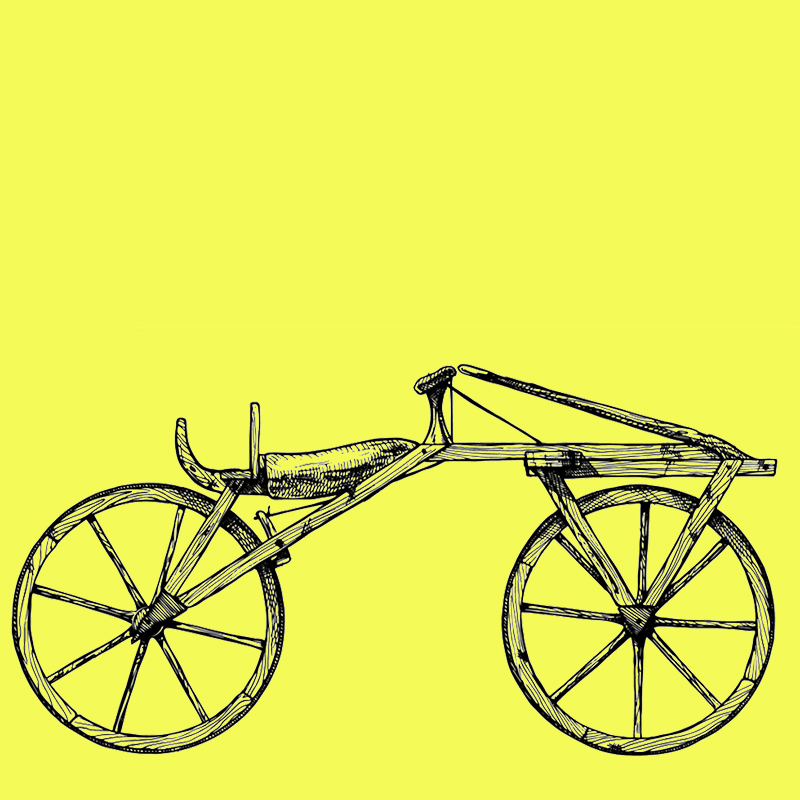How can birds, despite their weight, circle for a long time and even increase their altitude without a single beat of their wings? Otto Lilienthal could not let go of this question. Unlike many scientists in the mid-19th century, he did not accept that humans could not fly and that only the “lighter than air” principle of flight should apply. He believed that humans should be able to imitate gliding. So, he set to work: he investigated the physical aspects of birds’ flight and precisely measured the shapes and cross-sectional profiles of their wings. His mechanical engineering studies, which he completed in 1870 at the Berlin Trade Academy, stood him in good stead.
The “heavier than air” principle
In experiments conducted with his brother Gustav, he realized that the wing cross-section was the most relevant factor and that curved wings provided greater lift than flat ones. In his first attempts, he used frames made of willow for wings. These were covered with waxed cotton fabric, had a wingspan of 6 to 10 meters, and a wing surface of 14 square meters. Lilienthal first tried standing facing away from the wind, then jumping from a springboard. He made new calculations and refined his apparatus more and more. In the summer of 1891, he achieved the first gliding flights at Windmühlenberg near Derwitz/Krielow in Brandenburg. Lilienthal built around 20 types of aircraft in total, each an improvement on the previous one. And so, he eventually managed to fly distances of up to 250 meters. In 1894, one of his gliders, the “Normalsegelapparat” (normal soaring apparatus), went into series production. From 1895 onwards, he also flew two biplanes with wingspans of 5.5 to 7 meters and a wing surface of 25 square meters. Lilienthal took his final flight in 1896: from the 90-meter-high Gollenberg hill near Stölln in Brandenburg, his glider got caught up in the wind. He crashed and died. With his insights, he achieved real heights in the truest sense of the word: his belief in the “heavier than air” principle paved the way for modern flight technology.
(Header image and photo of test flight: Juulijs – Fotolia.com, portrait: Archivist – Fotolia.com)

